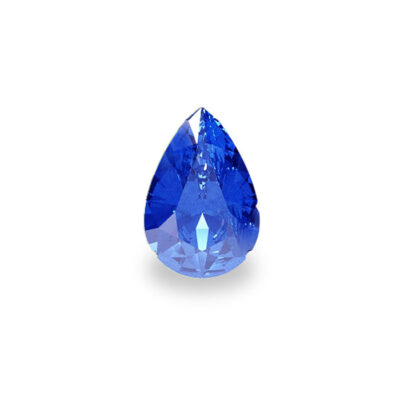 Traditionally, sapphire symbolizes nobility, truth, sincerity, and faithfulness. It has decorated the robes of royalty and clergy members for centuries. Its extraordinary color is the standard against which other blue gems -from topaz to tanzanite- are measured.
Traditionally, sapphire symbolizes nobility, truth, sincerity, and faithfulness. It has decorated the robes of royalty and clergy members for centuries. Its extraordinary color is the standard against which other blue gems -from topaz to tanzanite- are measured.
For centuries, sapphire has been associated with royalty and romance. The association was reinforced in 1981, when Britain’s Prince Charles gave a blue sapphire engagement ring to Lady Diana Spencer. Until her death in 1997, Princess Di, as she was known, charmed and captivated the world. Her sapphire ring helped link modern events with history and fairy tales.
- Mohs Hardness: 9
- Chemistry: Al2O3 (Corundum)
- Birthstone for September.
- Blue sapphire belongs to the mineral species corundum. It can be a pure blue but ranges from greenish blue to violetish blue.
- Colorless corundum is rare. Most corundum contains color-causing trace elements. When the trace elements are iron and titanium, the corundum is blue sapphire.
- Chromium can cause the red color of ruby or the pink of pink sapphire.
- Besides blue sapphire and ruby, the corundum family also includes so-called “fancy sapphires.” They come in violet, green, yellow, orange, pink, purple, and intermediate hues.
- asterism, or the star effect usually appears as a six-ray star pattern across a cabochon-cut stone’s curved surface. The star effect can be seen in ruby or any color of sapphire, and it arises from white light reflecting from numerous tiny, oriented needle-like inclusions.
- Both blue and fancy sapphires come from a variety of exotic sources including Madagascar, Tanzania, Sri Lanka, Myanmar, and Australia.
- Sources: GIA.edu, AmericanGemSociety.org, Wikipedia.org

